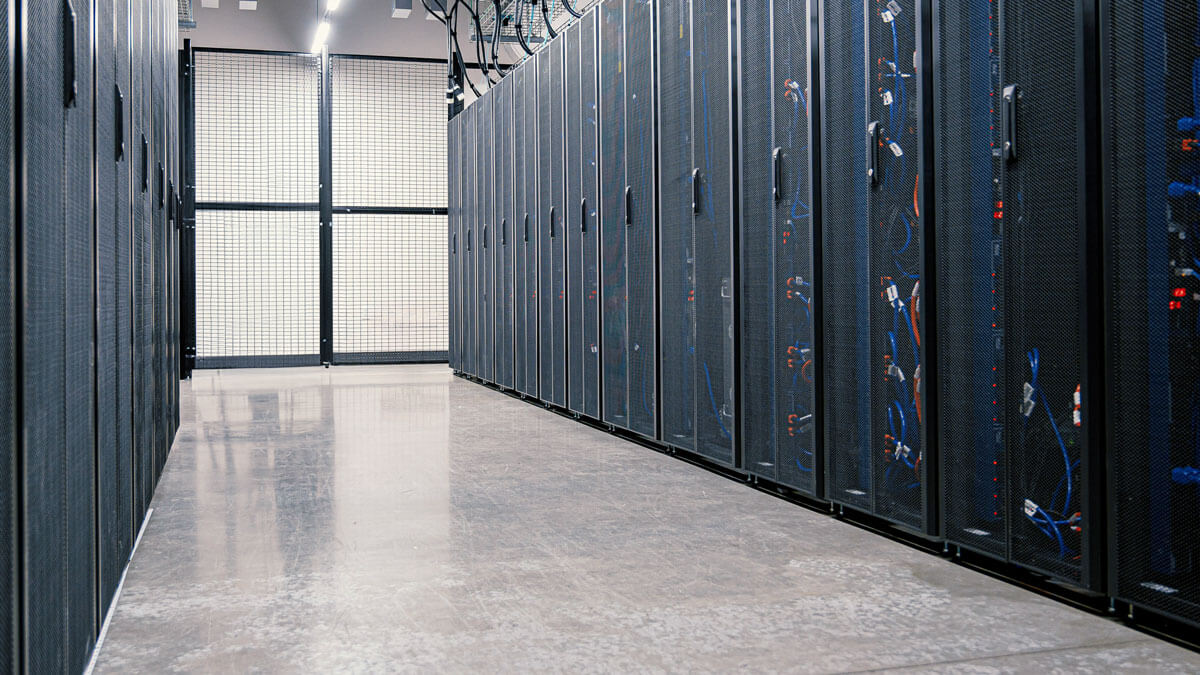The New Paradigm for Data Center Site Selection

The data center industry has been undergoing explosive growth and the trend will continue well into the future. Compounded annual growth rate hovers around 21% as measured by electric power demand. At present data centers consume 3% of electric power in the U.S. By the mid 2030’s that ratio will rise to 11%. The following dynamics are fueling data center growth:
- AI
- IoT
- Cloud computing
- Big data analytics
- E-commerce
- Electric vehicles
- Gaming
- Digital transformation
- Macro-economic growth
Challenges in siting new data centers have become daunting. Most prominent are:
- Electric grid capacity/congestion
- Electric power availability
- Water availability
- Community resistance
Due to these dynamics, it is increasingly more difficult to find qualified sites. In addition to the above factors the following are also of paramount importance:
- Electric power cost
- Electric power resiliency/reliability
- Large scale site availability with requisite infrastructure
- Natural disaster risk
- Availability of construction labor
Of course, incentives must also be taken into account. But satisfying the aforementioned criteria in a welcoming community should take precedence. Among the most impactful incentives for data centers are:
- Reduced electric power cost
- Machinery and Equipment exemption from property and/or sales tax
- Property tax abatement
- Real Property
- Machinery and equipment
- Sales tax rebates (if not exempt)
- Green energy tax incentives
- Latency (i.e., proximity to customers, where applicable)
Potential (and actual) community acceptance/resistance requires a concerted, parallel analysis. Why has resistance to data centers been increasing?
- Consumption of scarce resources
- Power
- Water
- Large industrial sites
- Relatively modest employment (often less than 100 even for hyperscale data centers)
- Noise (from equipment operations such as whirring fans)
- Appearance (big, boxy, large cooling vents, minimal windows, fences for security, etc.)
- Carbon footprint
- Possible diminution of nearby residential property values
Before advancing too far along in the location selection process it is advisable to gain an early read on community acceptance. This can be accomplished by secondary research (e.g., internet based) and inquiries to state and/or regional economic development entities. Once sites have been shortlisted, more detailed empirical and field-based assessment will be necessary.
Before the detailed assessment, data center operators should adopt a number of measures that both benefit the business and engender community support. Among such measures are:
- Integrate green energy and sustainable business practices
- Adopt innovative energy generation sources including:
- Microgrids
- Small nuclear reactors (SMRS)
- Natural gas
- The aforementioned green energy (solar, wind, biomass)
- Implement water conservation (e.g., recycling)
- Summarize of energy efficiency plans
- Develop noise reduction strategies, e.g.,
- Soundproof enclosures around noisy equipment
- Acoustic louvers on air intake and exhaust vents
- Optimizing cooling systems
- Enhance facility appearance
- Highlight of the center’s economic impact
- Consider foregoing the school portion of property tax abatement
- Ensure transparency in discussions with community/political leaders
- Communicate intentions to become engaged with the community, e.g.,
- Advisory Boards participation
- Local business partnership
- Support local educational initiatives
- Host events
- Join forces with nonprofits
Data centers have been selecting a variety of locations for new operations. These include well-established areas (e.g., Northern Virginia), rural/low-cost power locations (e.g., Central/Eastern Washington), and mid-size metros (e.g., Meta in Omaha), and even larger metros (such as eBay in Phoenix).
There has also been an emergence of data center campuses. These are often hundreds of acres that house multiple data centers. They can be built by data center developers for multiple companies (e.g., Tract in metro Reno) or occupied by a single user (e.g., Meta’s $10 billion campus in northeast Louisiana). These campuses can be more attractive to communities as they will often generate hundreds of well-paid, full-time jobs.
Lastly, successful data center siting still requires a systematic analytical approach. This embraces:
- Quantification of the need
- Possible fit with existing sites
- How the proposed center fits in with future needs
- Quantification of operating requirements including latency
- Plans for energy efficiency, water management, sustainability, innovative energy generation, noise mitigation, facility appearance, and community communications (essentially transparent public relations)
- Placing possible incentives into a balanced perspective
